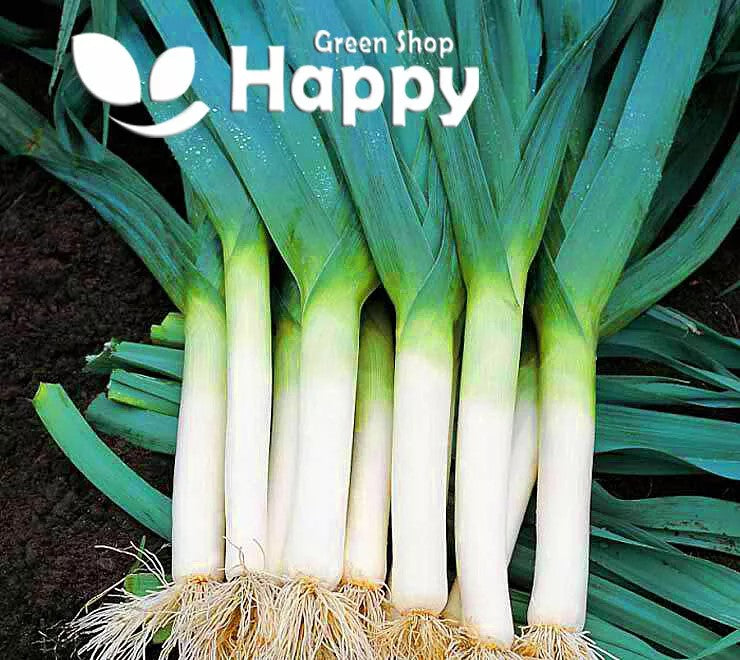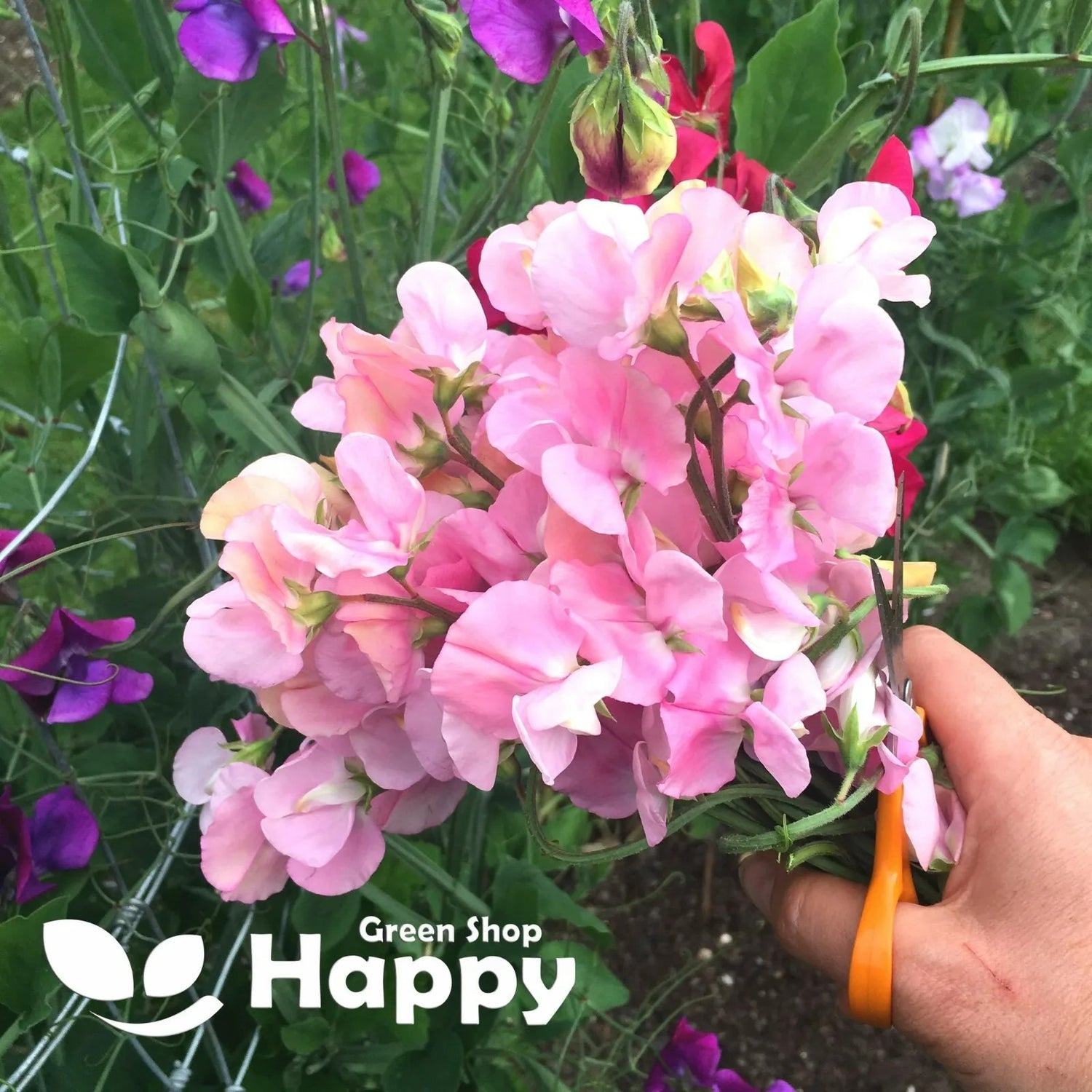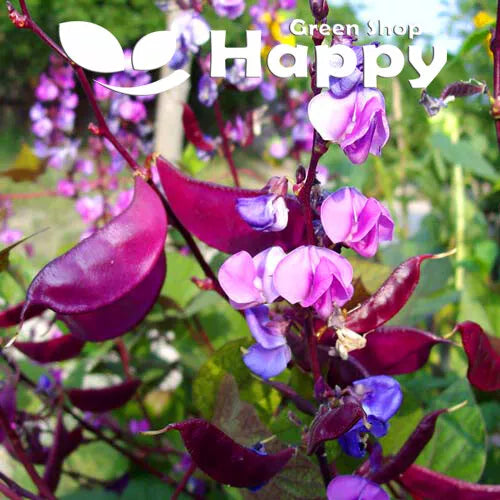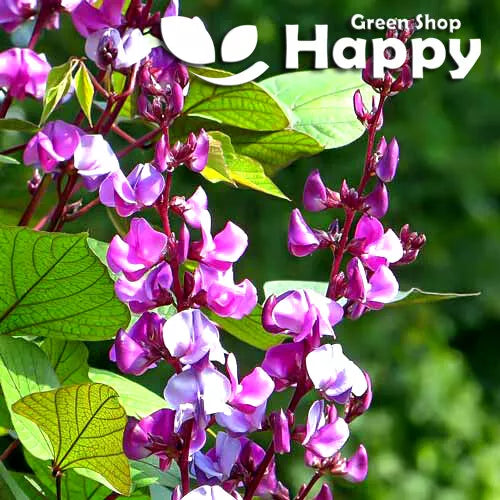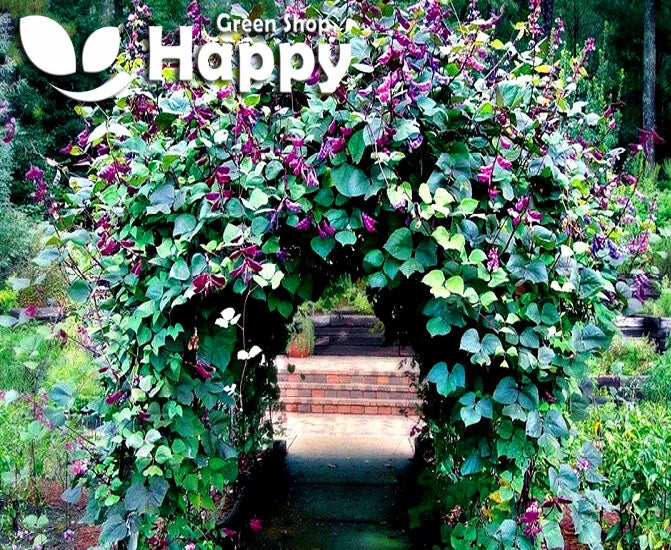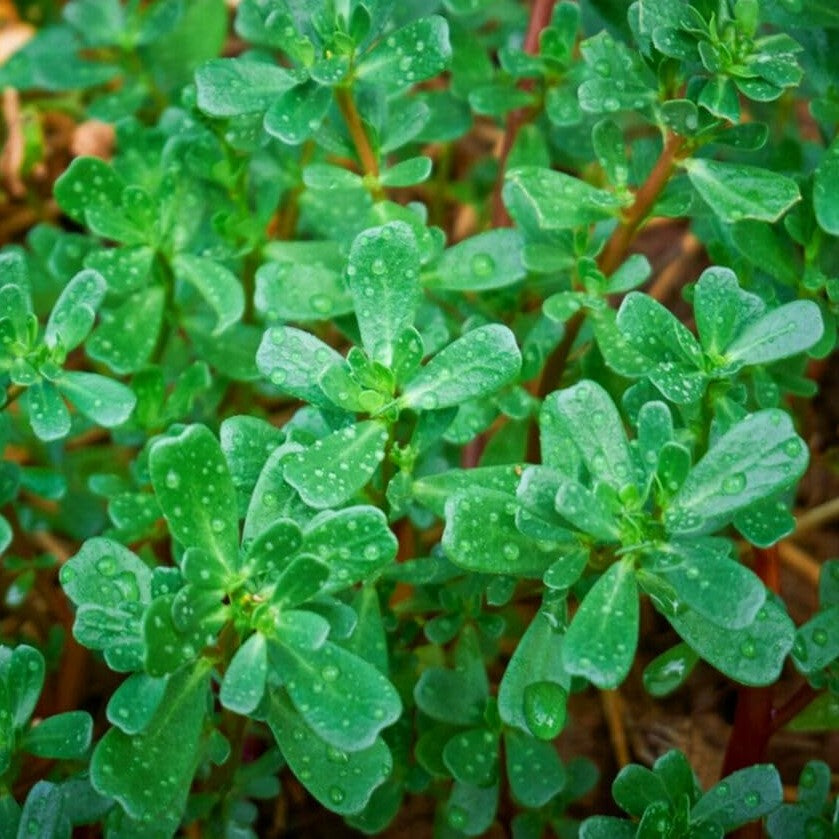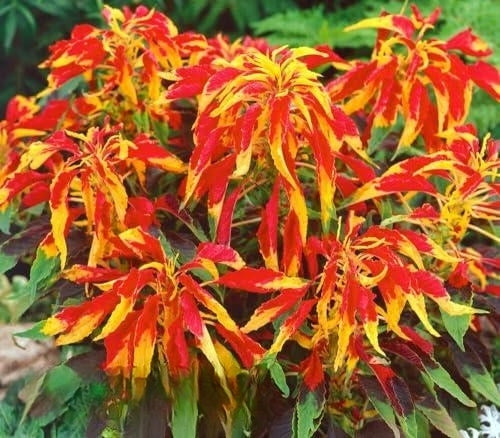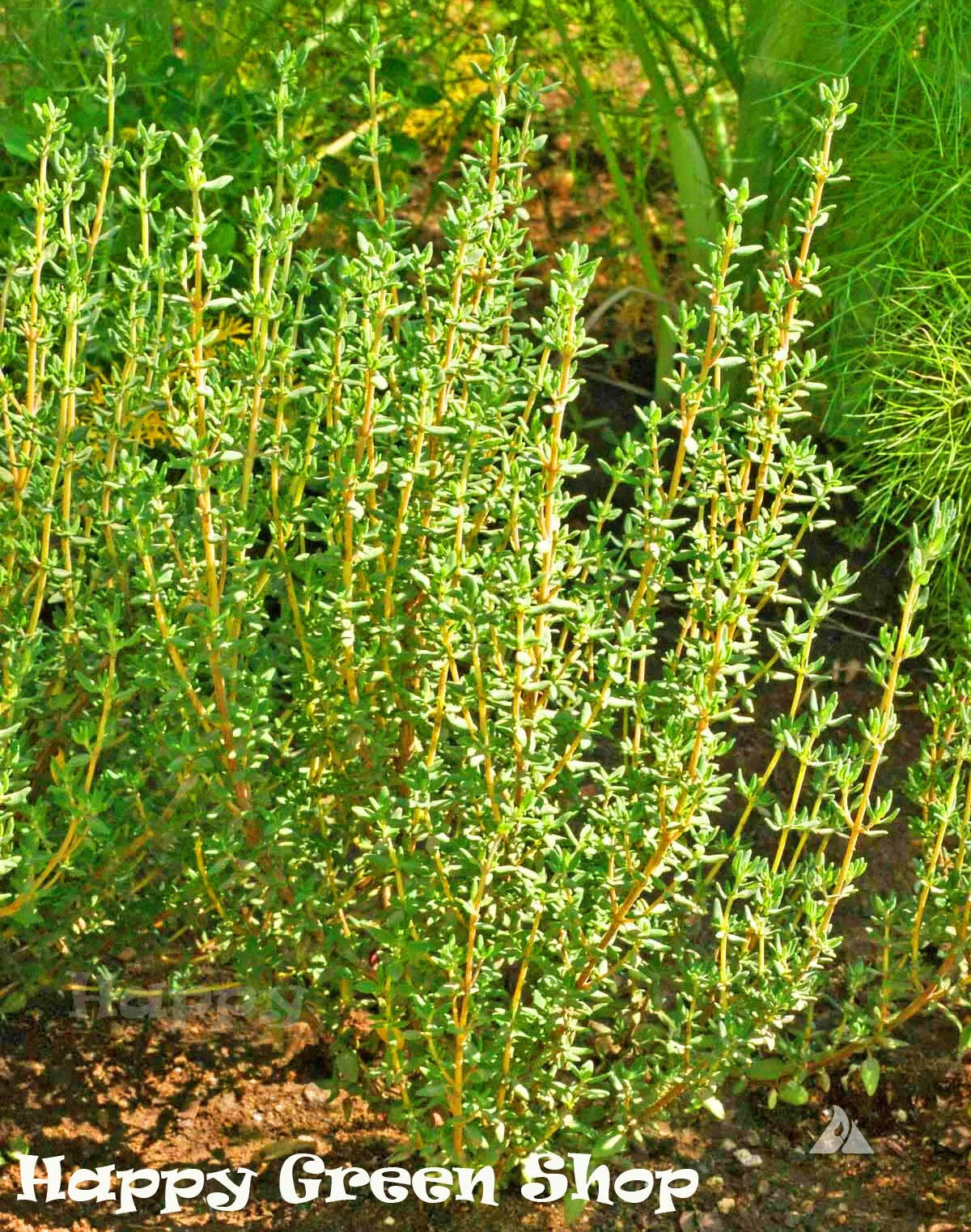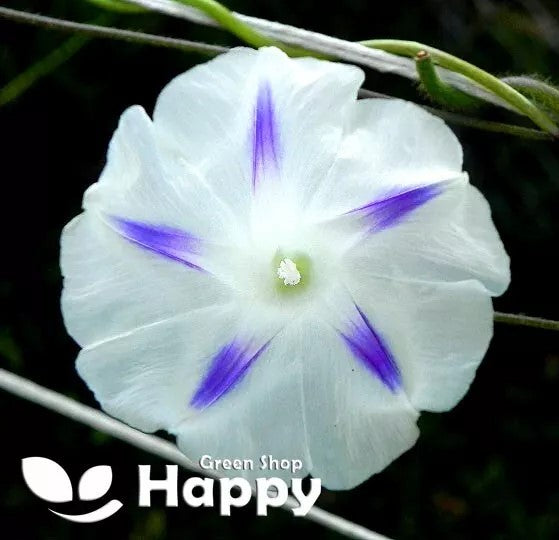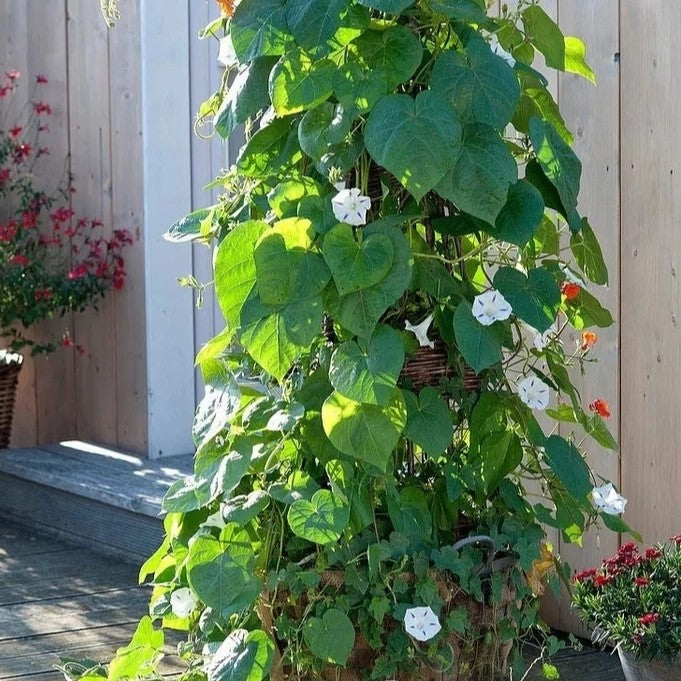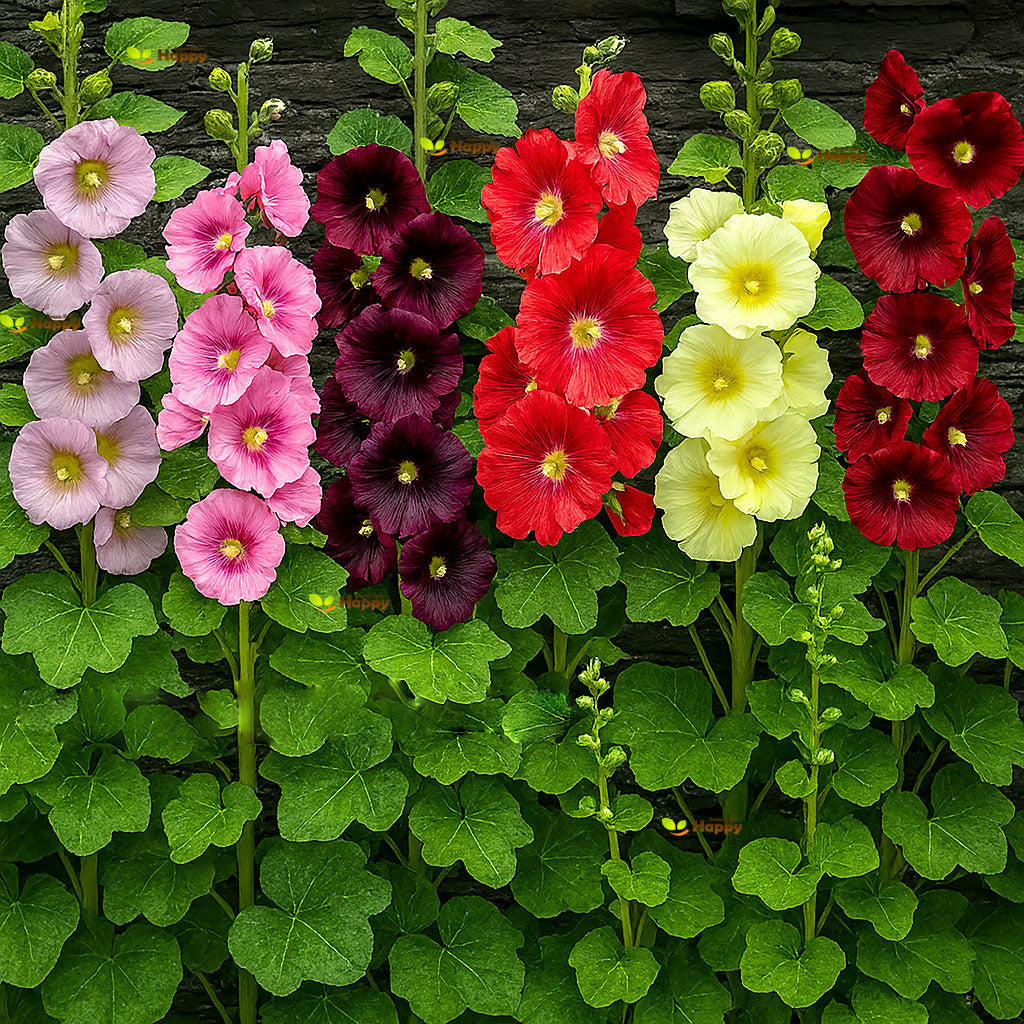Sort by:
299 products
299 products
Sweet Pea 'Neille Viner' – Seeds
(Lathyrus odoratus)
Sweet Pea 'Neille Viner' is a classic climbing annual admired for its soft, delicate pink blooms and strong, sweet fragrance. Its long stems are perfect for cutting, while its vigorous climbing habit creates a stunning display on trellises, fences, or arches. Ideal for adding colour and scent to summer gardens, this variety is a favorite among gardeners and florists alike.
Key Features
-
Type: Hardy annual
-
Height: 180–240 cm (climber)
-
Flowering: June–September
-
Position: Full sun
-
Soil: Fertile, well-drained
-
Uses: Trellises, fences, arches, cut flowers
Ideal For
-
Vertical garden displays
-
Cut flower arrangements
-
Cottage-style gardens
-
Fragrant garden corners
Sowing & Growing
-
Sow indoors: January–April in pots or trays
-
Sow outdoors: April–May directly in soil
-
Germination: 10–20 days at 15–20°C
-
Plant out after last frost, spacing 20–30 cm
-
Provide climbing support
-
Regular deadheading encourages more blooms
Dwarf Nasturtium 'Peach Melba' – Seeds
(Tropaeolum nanum)
Dwarf Nasturtium 'Peach Melba' is a compact, low-growing annual that produces vibrant peach-colored blooms with subtle apricot tones. Its trailing habit makes it perfect for borders, containers, and hanging baskets. Easy to grow and fast-flowering, this variety also attracts pollinators like bees and butterflies, adding colour and life to your garden.
Key Features
-
Type: Half-hardy annual
-
Height: 15–25 cm
-
Spread: 25–35 cm
-
Flowering: June–September
-
Position: Full sun
-
Soil: Well-drained, moderately fertile
Ideal For
-
Containers and hanging baskets
-
Borders and edging
-
Pollinator-friendly gardens
-
Cottage-style planting
Sowing & Growing
-
Sow indoors: March–April at 18–22°C
-
Sow outdoors: May, after frost risk has passed
-
Germination: 7–14 days
-
Thin or transplant to 20–25 cm spacing
-
Deadhead to encourage continuous flowering
Hyacinth Bean – Seeds
(Dolichos lablab)
Hyacinth Bean is a fast-growing climber that brings striking ornamental value with its purple-tinged stems, lush foliage, and clusters of lilac-purple flowers followed by eye-catching, glossy pods. Perfect for creating quick vertical coverage, it adds vibrant color and an exotic touch to fences, arches, or trellises throughout summer.
Key Features
-
Type: Tender annual climber
-
Height: 200–300 cm
-
Spread: 60–90 cm
-
Flowering: July–October
-
Position: Full sun
-
Soil: Well-drained, fertile soil
Ideal For
-
Trellises and arches
-
Vertical screens and fences
-
Exotic-themed gardens
-
Attracting bees and butterflies
Sowing & Growing
-
Sow indoors: March–April at 18–22°C
-
Germination: 7–14 days
-
Harden off and plant out after frost, spacing 30–45 cm
-
Provide sturdy support for climbing
Green Purslane – Seeds
(Portulaca oleracea sativa)
Green Purslane is a fast-growing, highly nutritious leafy vegetable known for its crisp texture and slightly tangy, lemony flavor. Packed with omega-3 fatty acids, vitamins, and minerals, it’s a popular choice for fresh salads, smoothies, soups, and stir-fries. This hardy annual thrives in warm, sunny spots and poor soils, making it an easy-to-grow, low-maintenance crop.
Why Grow Green Purslane?
-
Nutritious superfood rich in omega-3s & antioxidants
-
Succulent leaves with a refreshing, tangy taste
-
Quick-growing and drought-tolerant
-
Versatile in the kitchen: salads, soups, smoothies & sautés
Key Features
-
Type: Annual herb/leafy vegetable
-
Height: 15–30 cm
-
Harvest: 6–8 weeks from sowing
-
Position: Full sun
-
Soil: Well-drained, sandy or poor soils tolerated
Ideal For
-
Kitchen & herb gardens
-
Containers and small spaces
-
Healthy cooking & raw food diets
-
Easy, low-maintenance cultivation
Sowing & Growing
-
Sow outdoors: April–July, directly in soil after frost risk has passed
-
Sow thinly and cover lightly with soil
-
Germination: 7–14 days at 18–22°C
-
Thin seedlings to 15 cm apart
-
Harvest leaves regularly to encourage fresh growth
Amaranth Tricolor ‘Flaming Fountain’ – Seeds
(Amaranthus)
Amaranth Tricolor ‘Flaming Fountain’ is an annual with striking, cascading foliage in vibrant shades of red, orange, and yellow, creating a “flaming” fountain effect. Its upright, arching habit makes it ideal for borders, containers, and dramatic garden focal points. Easy to grow and long-lasting, it also attracts pollinators.
Why Grow Amaranth Tricolor ‘Flaming Fountain’?
-
Vibrant cascading foliage in red, orange, and yellow
-
Dramatic fountain-like habit
-
Long-flowering annual
-
Attracts bees and butterflies
Key Features
-
Type: Annual
-
Height: 60–120 cm
-
Flowers: Summer to autumn
-
Position: Full sun
-
Soil: Well-drained, fertile
Ideal For
-
Borders, containers, and garden focal points
-
Pollinator-friendly gardens
-
Adding vertical color and texture
-
Low-maintenance dramatic displays
Sowing & Growing
-
Sow indoors: February–April in seed trays
-
Sow outdoors: April–May in prepared soil
-
Germination: 7–14 days at 18–22°C
-
Spacing: 30–40 cm apart
-
Care: Moderate watering; remove weeds and deadhead if needed
Winter English Thyme – Seeds
(Thymus vulgaris)
Winter English Thyme is a hardy, aromatic perennial herb prized for its culinary and medicinal uses. Its evergreen foliage adds fragrance to the garden, while tiny, delicate flowers attract pollinators. Ideal for herb gardens, rockeries, or container planting, this versatile thyme provides year-round flavor and garden interest.
Why Grow Winter English Thyme?
-
Aromatic evergreen foliage for culinary and medicinal use
-
Hardy perennial suitable for year-round growth
-
Attracts bees and pollinators
-
Versatile for herb gardens, rockeries, and containers
Key Features
-
Type: Perennial herb
-
Height: 15–30 cm
-
Flowers: Summer, small pink or purple blooms
-
Position: Full sun
-
Soil: Well-drained, moderately fertile
Ideal For
-
Herb gardens and culinary use
-
Rockeries and container planting
-
Pollinator-friendly gardens
-
Evergreen groundcover and edging
Sowing & Growing
-
Sow indoors: February–April in seed trays
-
Sow outdoors: April–May directly in prepared soil
-
Germination: 14–21 days at 18–20°C
-
Spacing: 20–30 cm between plants
-
Care: Low maintenance; trim regularly to maintain shape and encourage new growth
Stinging Nettle – Seeds
(Urtica dioica)
Stinging Nettle (Urtica dioica) is a versatile perennial herb valued for its nutritional and medicinal properties. Its vibrant green leaves are rich in vitamins and minerals, making it perfect for teas, soups, and natural remedies. Hardy and easy to grow, it also provides shelter and food for wildlife, supporting pollinators and beneficial insects.
Why Grow Stinging Nettle?
-
Nutrient-rich leaves for culinary and medicinal use
-
Hardy perennial, easy to grow
-
Supports pollinators and wildlife
-
Traditional herbal remedy with multiple uses
Key Features
-
Type: Perennial herb
-
Height: 60–150 cm
-
Leaves: Harvest from spring to autumn
-
Position: Full sun to partial shade
-
Soil: Moist, fertile, well-drained
Ideal For
-
Herbal and edible gardens
-
Pollinator-friendly plantings
-
Natural remedies and teas
-
Wildlife habitats
Sowing & Growing
-
Sow indoors: February–April in seed trays
-
Sow outdoors: April–May directly in prepared soil
-
Germination: 14–28 days at 15–20°C
-
Spacing: Thin seedlings to 30 cm apart
-
Care: Prefers consistent moisture; perennial, low maintenance
Morning Glory ‘Milky Way’ – Seeds
(Ipomoea tricolor)
Morning Glory ‘Milky Way’ is a stunning climbing annual with vibrant, trumpet-shaped flowers in deep blue with white star-like centers. Fast-growing and vigorous, it’s perfect for trellises, fences, and arbors, creating a breathtaking vertical display. Loved by pollinators, it also makes a striking addition to cottage gardens and ornamental plantings.
Why Grow Morning Glory ‘Milky Way’?
-
Striking blue flowers with white star-like centers
-
Vigorous climber, fast-growing and long-flowering
-
Attracts bees and hummingbirds
-
Ideal for vertical garden displays
Key Features
-
Type: Annual climber
-
Height: 250–300 cm
-
Flowers: Summer
-
Position: Full sun
-
Soil: Well-drained, fertile
Ideal For
-
Trellises, fences, and arbors
-
Cottage and ornamental gardens
-
Pollinator-friendly spaces
-
Quick vertical coverage and decorative screens
Sowing & Growing
-
Sow indoors: March–April in pots or trays
-
Sow outdoors: After last frost directly in prepared soil
-
Germination: 7–14 days at 20°C
-
Support: Provide trellis or fence for climbing
-
Care: Water regularly; trim for shape and extended flowering
Hollyhock Single Mix – Seeds
(Alcea ficifolia)
Hollyhock ‘Single Mix’ is a robust and reliable perennial, producing tall spires adorned with single, open-faced blooms in a wide range of classic cottage garden colors. Hardy and vigorous, these hollyhocks thrive in borders, along walls, and in naturalistic plantings, adding striking vertical height and charm year after year.
Why Grow Hollyhock Single Mix?
-
Tall flower spikes with a rainbow of single blooms
-
Hardy, vigorous, and long-lived perennial
-
Perfect for adding height to borders and backdrops
-
Traditional cottage garden favorite
Key Features
-
Type: Hardy perennial (sometimes grown as biennial)
-
Height: 150–200 cm
-
Flowers: Summer (second year onward)
-
Position: Full sun
-
Soil: Fertile, well-drained
Ideal For
-
Cottage and traditional gardens
-
Background planting in borders
-
Pollinator-friendly spaces
-
Adding vertical accents to garden designs
Sowing & Growing
-
Sow indoors: March–May in trays or pots at 15–20°C
-
Sow outdoors: May–July directly into prepared soil
-
Germination: 14–21 days
-
Transplant: Grow on and plant in final positions in autumn
-
Care: Provide support for tall stems and remove faded flowers to extend blooming
Showing 207/299


